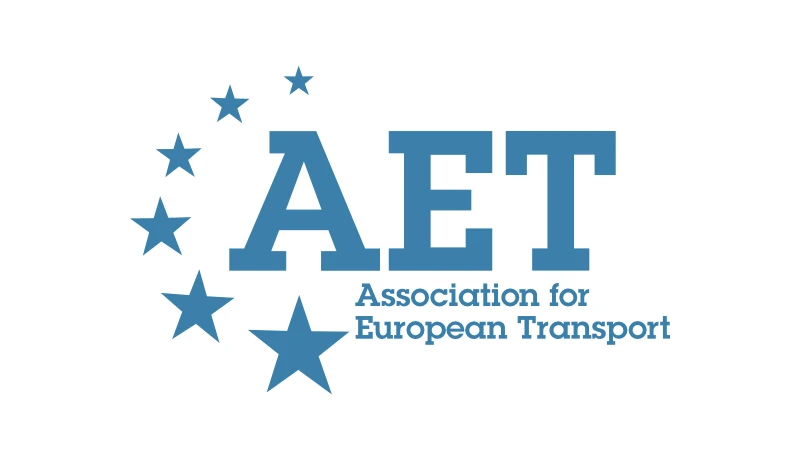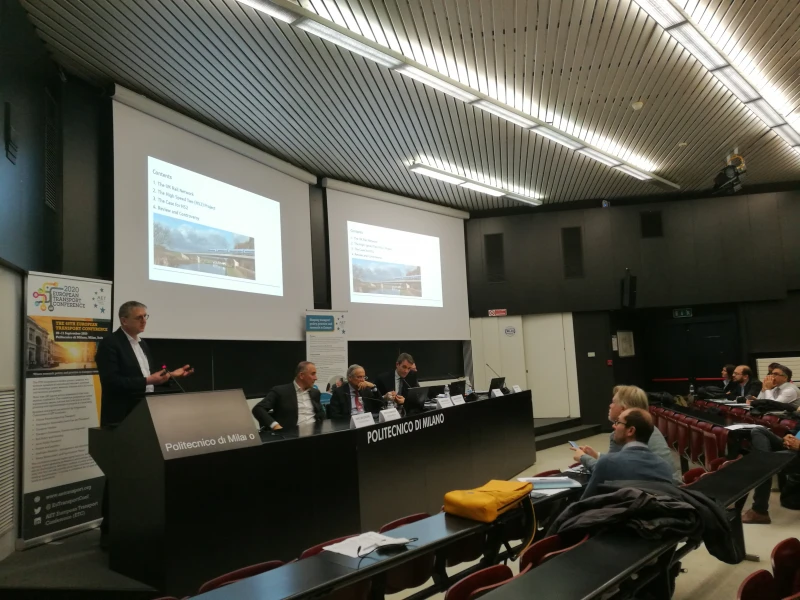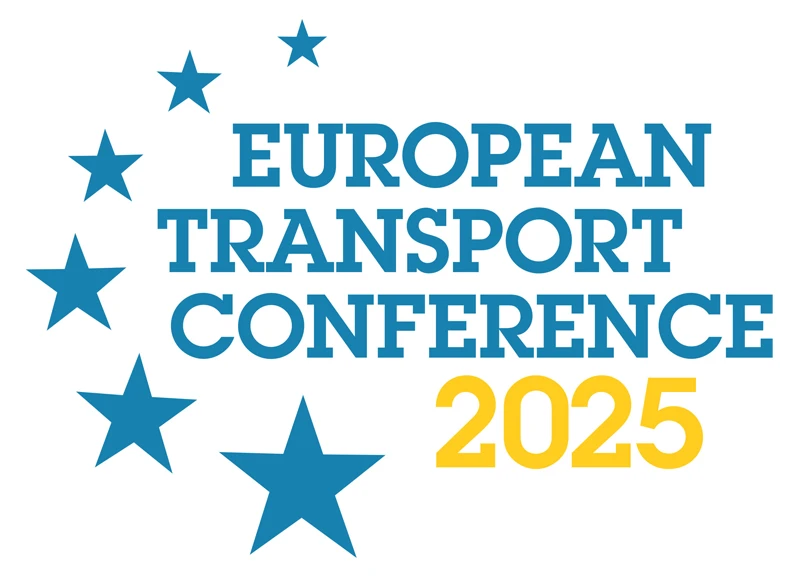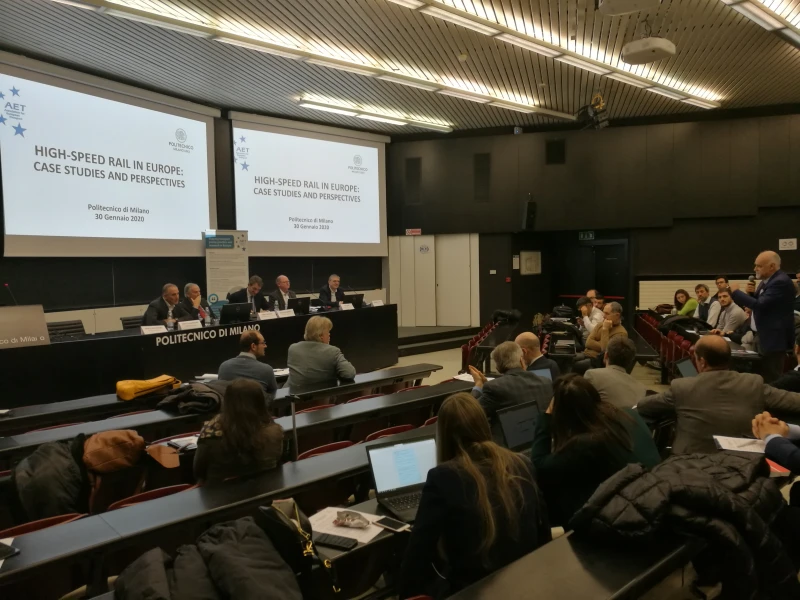-
Past ETC Papers
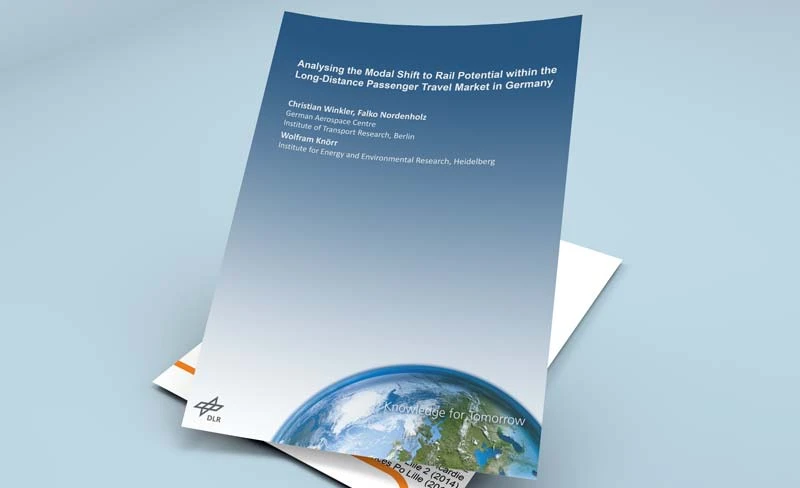
Browse, search and view papers from the past AET Conferences.
-
Members' Area
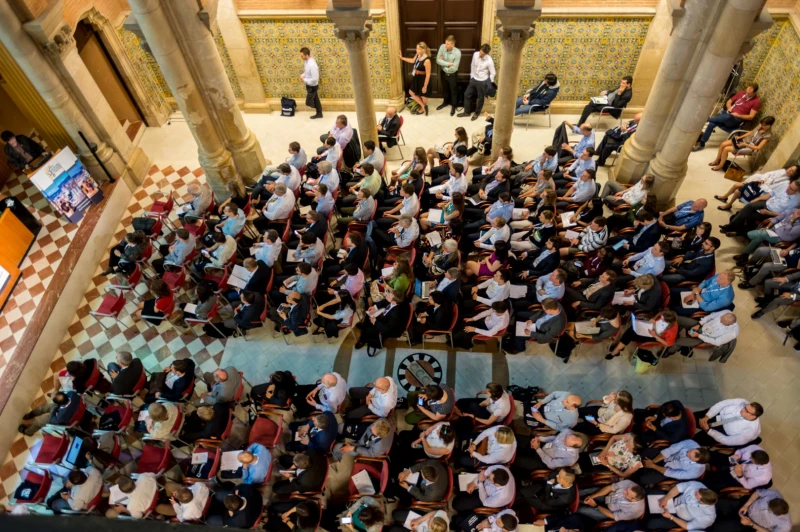
AET promotes networking and exchange of ideas, information and opportunities amongst members.
Conference Papers 2007
Noordwijkerhout, Netherlands
ETC Conference Papers 2007
National scale land-use and transport modelling: the mars Austria model
Seminar
Day 1 (17 Oct 2007), Applied Models, Large-scale Models, 11:00 - 13:00
Status
Accepted, awaiting documents
Authors
G Emberger, P Pfaffenbichler, R Haller, R Koelbl, Vienna University of Technology, AT
Short abstract
A land-use/transport model with nation-wide scope is set up and validated for Austria. The paper discusses appropriateness of the model for rural regions and generality issues. Forecasting results are juxtaposed with traditional transport forecasts.
Abstract
Integrated modelling of transport and land-use is a theoretically and methodologically sound approach implemented in several operational land-use/transport interaction (LUTI) models. However, its application has to date been mainly limited to urban regions. While this is understandable?many related problems are most apparent in urban areas?, there is no fundamental theoretical or empirical reason to neglect rural areas. Moreover, most operational urban models appear as relatively custom-tailored implementations of generic modelling environments. The resulting questions of generality, including e.g. issues of transferability to other areas, have rarely been studied in depth. We expect that the implementation of a LUTI model on national scale can help to address these issues.
This paper presents experiences made in the setup of a national land-use/transportation interaction model for Austria (?MARS Austria?). The model covers the entity of Austria and 121 fairly diverse model zones. Despite this aggregate layout, even relatively small urban agglomerations are differentiated into core and hinterland areas. At the current stage, data from the 1991 and 2001 population are used, but we intend to extend the time series to 1971/81 for extended model testing.
Work progress currently does not yet permit to present concluding results in relation to the research questions outlined above, but first tentative conclusions are drawn for the MARS model. We identify two concrete conceptual shortcomings of the model for national scale applications. First, migrations flows are treated in a too aggregate way (?pooling? of migrants over the case study) and, second, the costs of migration are neglected in the model whereas they play a central role in migration theory. Even though the model results are not satisfying at the moment when compared to observed development, we conclude that implementing LUTI models higher spatial scales does have the potential to raise their generality and theoretical underpinning, which may in the end also benefit urban models.
Documents:
No documents yet.
Association For
European Transport
Forester House
Doctors Lane
Henley-in-Arden
Warwickshire, UK
B95 5AW
+44 (0) 15 64 793552
VAT number: 710 1866 64
Conference Supporters & Endorsers




Legal Entity
The Association for European Transport is registered as an Association ('vereniging') with the Chamber of Commerce for Haaglanden in The Netherlands under company number 27170096.
Built on Zenario

